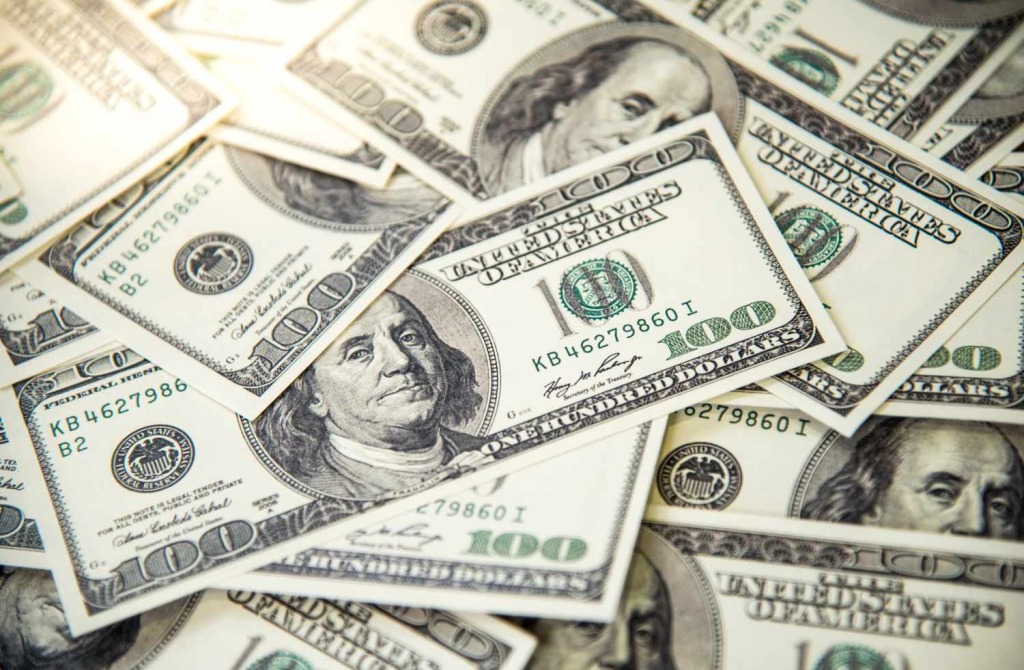The Japanese yen traded around five-month lows on Monday against a dollar underpinned by rising U.S. yields as thin year-end liquidity kept most currencies in tight ranges.
The yen was changing hands at 157.82 with only the risk of Japanese intervention preventing another test of the 160 level last seen in July.
The dollar index measure against major rivals was flat at 107.99.
The euro stood at $1.0429, not far from recent troughs and in a holding pattern in holiday trading. The currency is heading for a calendar-year drop of roughly 5.5% on the dollar.
Rising U.S. Treasury yields have been a tailwind for the dollar, with the benchmark 10-year note hitting a more than seven-month high last week. The yield hovered close to that mark on Monday, at 4.625%.
“Despite paid forecasters almost universally calling for a weaker U.S. dollar in 2024, the greenback looks set to close the year higher against all major currencies with the buck reigning supreme,” said Chris Weston, head of research at Australian online broker Pepperstone.
For the month, the dollar index is up 2.3%, bringing year-to-date gains to 6.6%.
It has gained in each of the last three months, helped by expectations President-elect Donald Trump’s policies of looser regulation, tax cuts, tariff hikes and tighter immigration will be both pro-growth and inflationary and keep U.S. yields elevated.
The dollar has gained 10 yen since Dec. 3, with much of the decline in the Japanese currency coming after the Federal Reserve’s Dec. 18 message of caution around future rate cuts.
That view has weighed heavily on the yen, which hit its weakest level since July 17 last week at 158.09 per dollar and has shed 10.6% so far this year.
It came off those lows on Friday after a summary of opinions from the Bank of Japan’s December policy meeting showed some policymakers gaining confidence in an imminent rate increase, while the Japanese central bank also cut its monthly bond purchases.
Still, Japanese yields remain notably low, and recent comments have sown doubts about the BOJ’s commitment to lift rates. The BOJ held interest rates steady at 0.25% at this month’s meeting, and governor Kazuo Ueda said the central bank was scrutinising more data on next year’s wage momentum and clarity on the incoming U.S. administration’s economic policies.
Traders are on watch for any potential intervention by Japanese officials to shore up the currency if it continues to weaken, as they have done multiple times this year.



